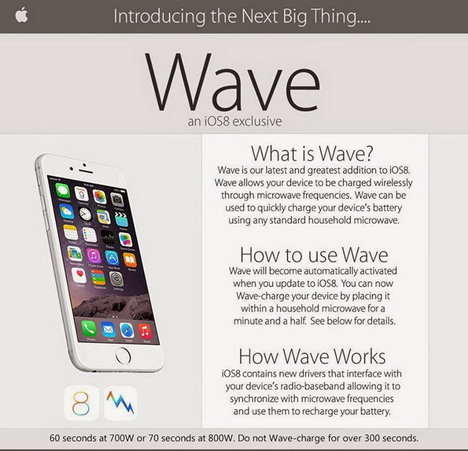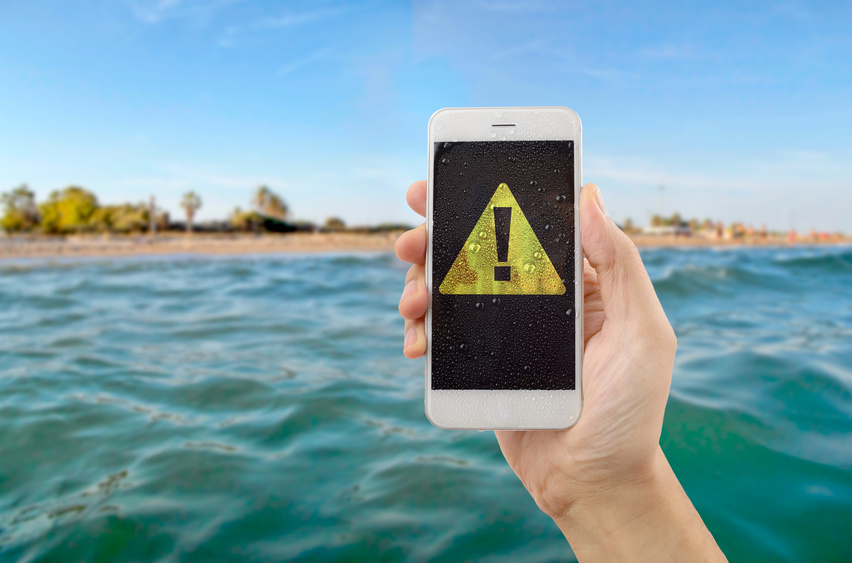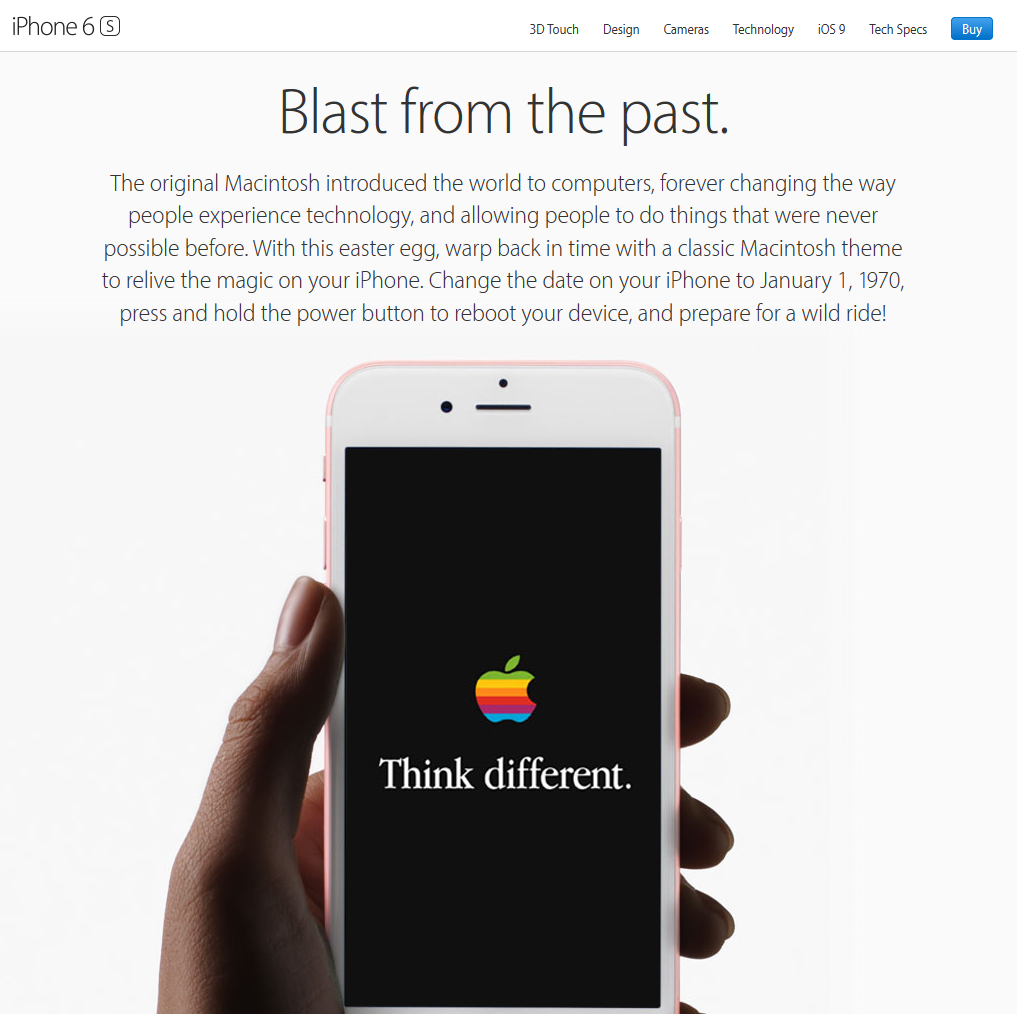Apple has sold over 1 billion iPhones since its release in 2007. The product is understandably popular, with an intuitive interface, sleek design, solid performance, and the much sought-after Apple branding. However, because of the massive popularity of these phones, there have been a handful of hoaxes over the years that have caused iPhone users to damage, or “brick” (as in, it’s useless beyond being a very expensive brick) their phones. While often humorous, these hoaxes teach us a lesson that is hard to learn firsthand: Don’t Believe Everything You Read (especially on the Internet)!
Drilling for Features
The most recent of these hoaxes is aimed at owners of the new iPhone 7. Apple made quite a bit of news with the iPhone 7, in that its most memorable feature update was the removal of the 3.5mm headphone jack. Of course, not everyone who rushes to purchase a brand new iPhone also has $160 for the required wireless earbuds, so this was bound to be hoax material. Sure enough, shortly after its release, YouTube user TechRax put out a video purporting to show how to bring back the headphone jack: by drilling into the bottom of the phone where the headphone jack was on previous models using a 3.5mm drill bit.
Of course, this will not work, but many have apparently attempted to do so anyway, ruining everything from sound on the iPhone to completely destroying the device altogether.
In early 2016, an image that appeared to be a genuine Apple ad began circling the net, stating that if one manually changed the date on their iPhone to January 1, 1970, then rebooted, they would be greeted with a retro theme reminiscent of early Macintosh computers. In reality, the UNIX framework on which iOS is built sees January 1, 1970 as the beginning of time, and so setting the phone back to this date really, really messes with the operating system, to the point where it’s no longer usable. Although Apple eventually provided a solution for this, many users “bricked” their phones by falling for this hoax.
Water-spoofing
Similar to the retro hoax above, an image made the rounds in 2013 that appeared to come from Apple which claimed that by updating to iOS 7, an iPhone would be able to protect itself from water damage. It claimed the operating system would now be aware of changes in “thermo-distribution” and could therefore rapidly power down vulnerable components in the event of water exposure. Of course, this was nonsense, but many iPhone users were fooled by the professional-looking image and decided to test it.
It was not until the most recent release of the iPhone 7 that water resistance became a feature, and it’s not through some imaginary “thermo-distribution” sensor. It’s through rubber seals, grommets and glue on the chassis. The removal of the headphone jack and changes to the home button also improved the iPhone 7’s water resistance over previous models.
Wave Goodbye
In 2014, with the release of iOS 8, yet another faked Apple ad made the rounds.This one claimed that by upgrading to or purchasing a device with iOS 8, the new Wave app would be installed. This app supposedly allowed iPhone users to rapidly charge their iPhone by placing them in their microwave for 90 seconds. While it should be readily obvious to anyone who grew up around microwaves that they are for cooking food and not for cooking metal devices, this bit of common sense was lost on some iPhone users, who attempted to charge their phones using the newest “feature”. Needless to say, iPhones do not appreciate being microwaved, and just a few seconds is enough to wreak havoc on the device. A full 90 seconds is enough to cause smoke, fire, and possibly an explosion.
ad made the rounds.This one claimed that by upgrading to or purchasing a device with iOS 8, the new Wave app would be installed. This app supposedly allowed iPhone users to rapidly charge their iPhone by placing them in their microwave for 90 seconds. While it should be readily obvious to anyone who grew up around microwaves that they are for cooking food and not for cooking metal devices, this bit of common sense was lost on some iPhone users, who attempted to charge their phones using the newest “feature”. Needless to say, iPhones do not appreciate being microwaved, and just a few seconds is enough to wreak havoc on the device. A full 90 seconds is enough to cause smoke, fire, and possibly an explosion.
It’s easy to have a laugh at the expense of others’ folly, but these hoaxes serve as a reminder that it’s crucial to check multiple sources before believing anything on the Internet, particularly when it comes to something as important and expensive as one’s smartphone. Remember: if it sounds too good to be true, it probably is.








